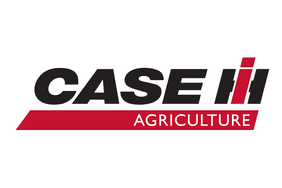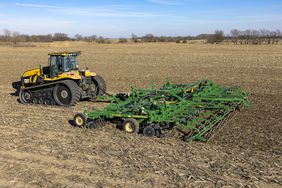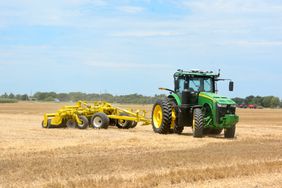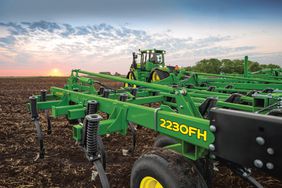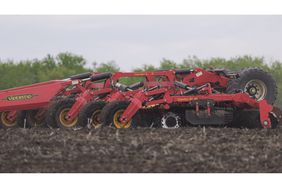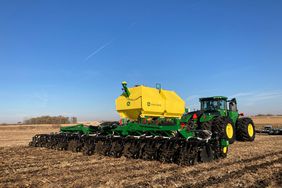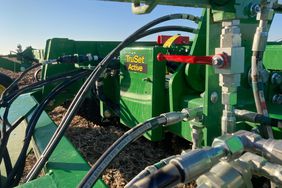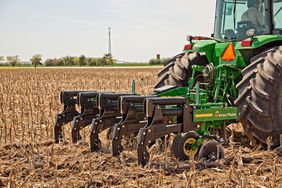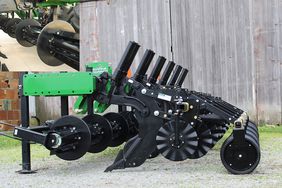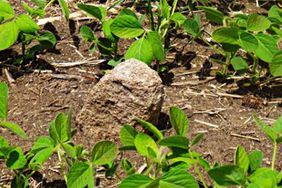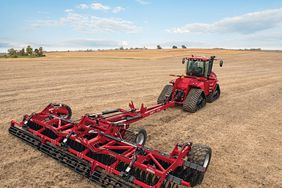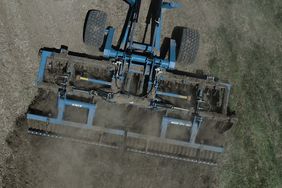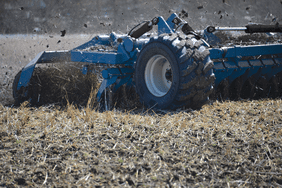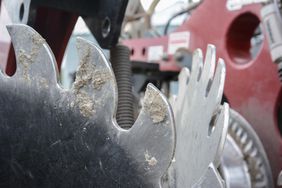:max_bytes(150000):strip_icc()/img_5187ffdbe10e6_31310-c5de069a9a4340649b0ca32404db893a.jpg)
See how you can perk up your soils with a land roller.
01
:max_bytes(150000):strip_icc()/img_5187ffdbe10e6_31310-c5de069a9a4340649b0ca32404db893a.jpg)
If you're thinking about buying a land roller, many models exist. Here's a few that University of Minnesota (U of M) crop scientists used in their 2008 to 2010 rolling trials.
02
:max_bytes(150000):strip_icc()/img_5187ffde55a07_31312-77dcea75dc9f4b2bb2feedf512ca4f5c.jpg)
One was a coil packer. By breaking up rootballs, it leaves a rougher soil surface. However, it does not push down rocks.
03
:max_bytes(150000):strip_icc()/img_5187ffdf80c33_31313-1679a8d0ca0543fd946f711fe71287ab.jpg)
Notched rollers push down rocks, break up corn rootballs, and leave a rough soil surface.
04
:max_bytes(150000):strip_icc()/img_5187ffe0b184f_31314-f7066272faf14702b7ab39f69625c8b0.jpg)
Smooth rollers break up corn rootballs, push down rocks, and can leave a smooth soil surface.
05
:max_bytes(150000):strip_icc()/img_5187ffe1d9d9a_31315-c3084a1c012f49ae8a6b802cba14bdff.jpg)
Land rollers used by farmers like Keith Van Kleek, Terril, Iowa, range in size from 20 to 85 feet wide, and have 2 to 3.5 foot diameters. Operators may choose from models with a single drum to those with several independently suspended sections.
